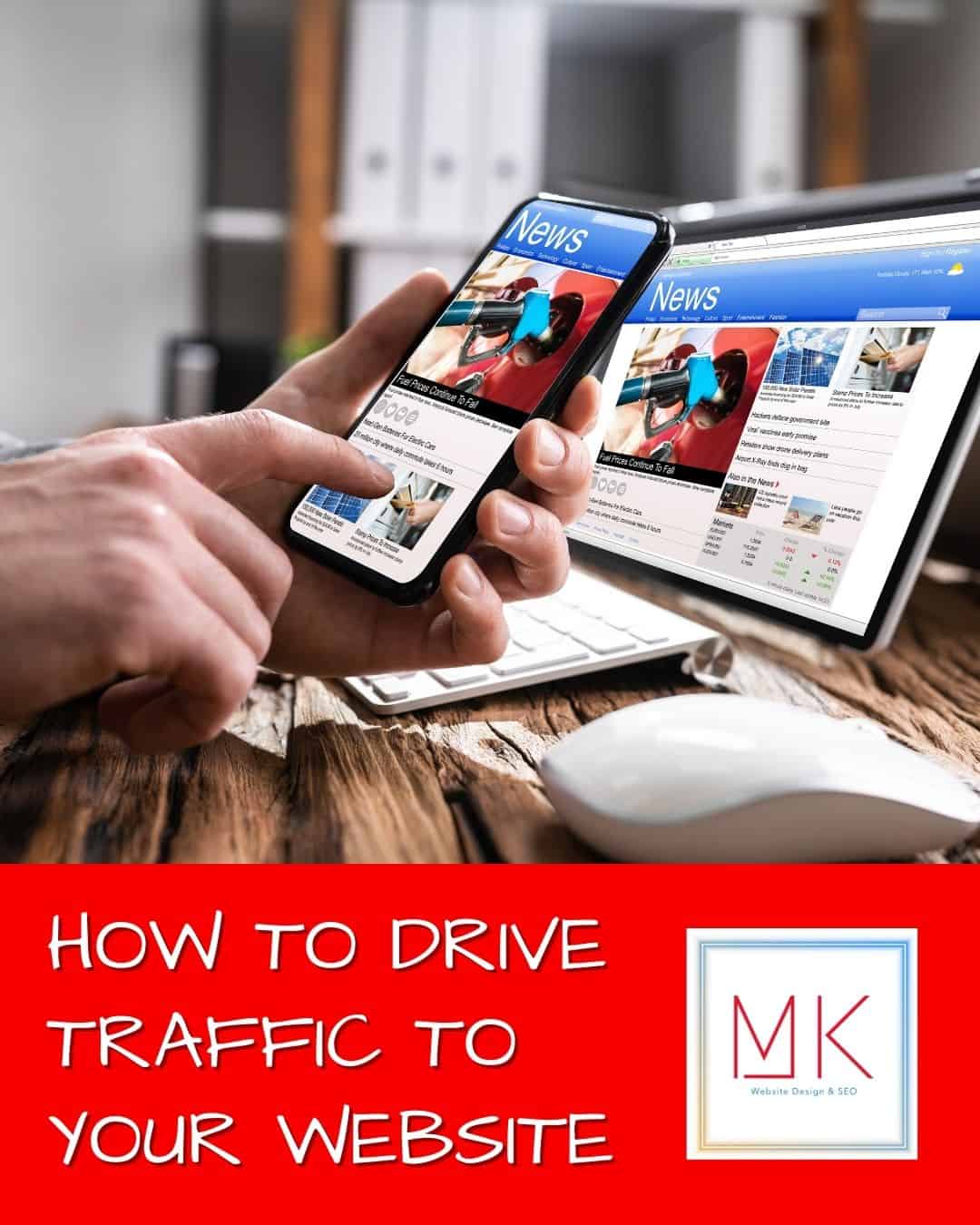How to Drive Traffic to Your Website
Whether a blogger, business person, or online entrepreneur, you are here because you want to drive traffic to your website to grow your online presence, generate leads, increase brand awareness, and drive sales. With millions of websites competing, it is essential to implement strategies that effectively attract traffic to your website and convert them into loyal customers. This article unveils some best practices for how to generate traffic to your website and boost your audience.
Ways to Drive Traffic to Your Website
Here are the steps on how to drive traffic to your website:
1- Optimize your website for search engines
One of the most prominent practices for driving organic traffic toward websites is optimizing web content for search engines. Some more tactics for optimizing content include on-page optimization, content marketing, keyword research, and link building. You should create high-quality content optimized against specific keywords searched by the target audience.
2- Leverage social media
You can leverage social media platforms like Twitter, Facebook, LinkedIn, and Instagram to drive traffic. You should create shareable and engaging content and post it to your social media sites, encouraging your friends and followers to share it.
To increase the reach of your content, you should use relevant keywords and hashtags, and further, you should engage with your followers by replying to their comments and messages. Moreover, to further increase your reach, you can run social media ads.
3- Create valuable content
To attract more visitors to your website, you should create content relevant to your website that provides value to your visitors. Therefore, focus on creating content that should address a specific need or solve the problem of your target audience. Your content should be engaging, informative and well-researched.
You can write articles, and blog posts, generate videos, design images and infographics, write ebooks, and produce podcasts and other content that resonate with your audience. Always remember to optimize your content and share it so that it may reach a wider audience and attract more attention.
4- Utilize email marketing
An effective way to drive an audience to your website is email marketing. It helps you attract a loyal audience. You can build an email list of your visitors by offering them a lead magnet like a free webinar, checklist, or ebook and get your visitor’s email address in return.
Regularly send them newsletters that provide special offers, valuable content, and promotions. You can direct your subscribers toward your website by adding a link in your email copy.
5- Utilize paid advertising
Use paid advertisements like social media, display, and pay-per-click PPC ads to help your content reach your target audience & drive traffic to your website. You should create targeted ads specific to a particular group of audience and should also include a call-to-action for directing your visitors. Moreover, you also need to monitor your ad campaigns and optimize them to ensure that you are getting the best results.
Conclusion
By implementing the tips and strategies mentioned above, you can attract traffic to your website and increase the visibility of your online content. You should remember that driving traffic is a continuous process and experiment with different strategies to get optimized results. Moreover, the professionals from Mk Marketing can help you boost your web traffic and generate leads.













